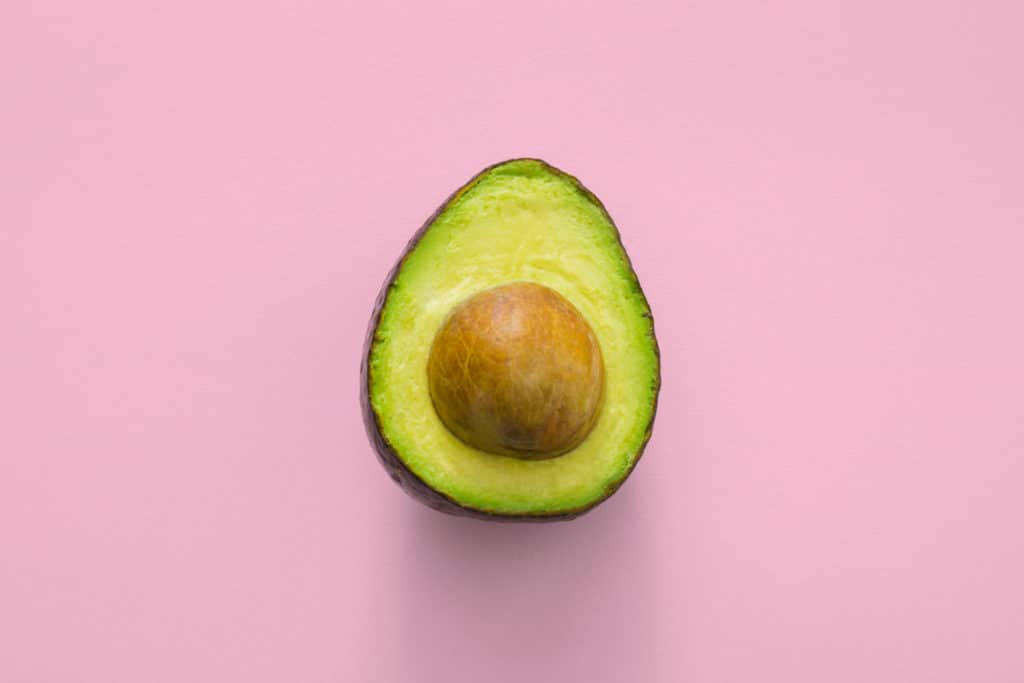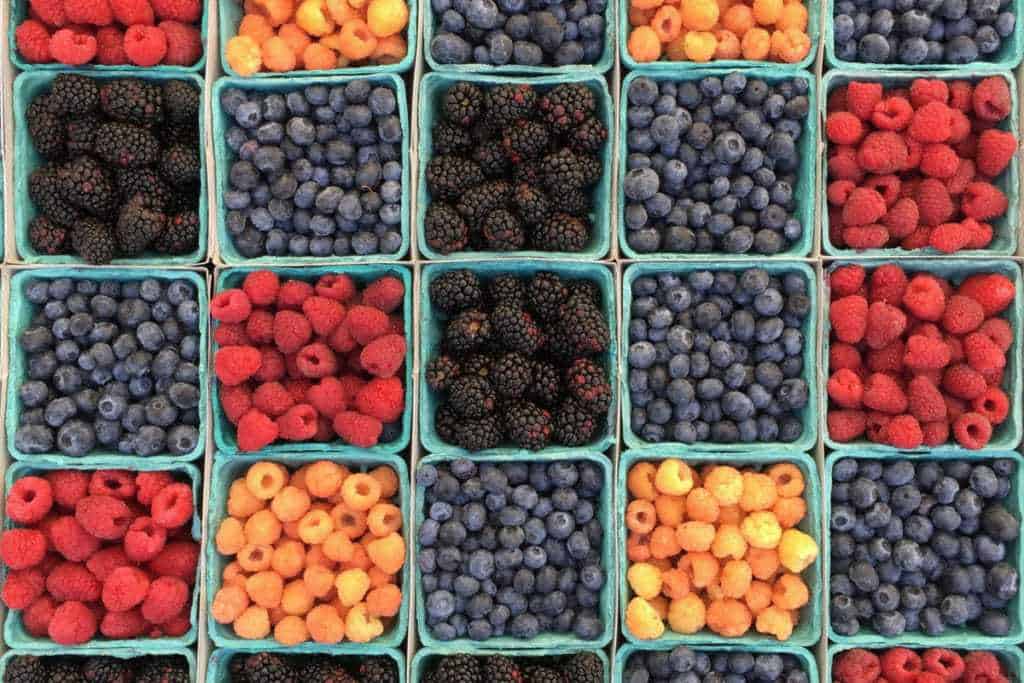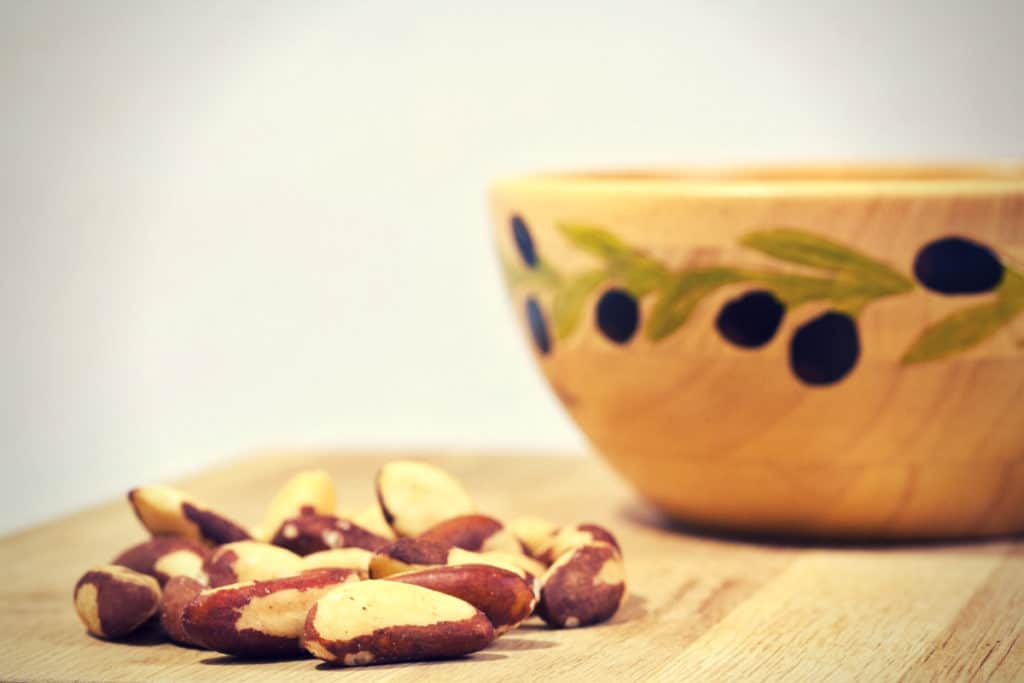How to Do the Vegan Ketogenic Diet
You might have already heard about the ketogenic diet as it experienced a growth in popularity in recent years. It comes as no surprise as it is an effective weight-loss method that won’t leave you starving. With low carb intake and moderate amounts of protein, your aim is to make your body use fat to generate energy. This is possible as the body is able to produce fuel molecules called “ketones” from fat in case of low blood sugar levels. While there are a few conditions which won’t allow you to go on this diet, for most people, it provides several health benefits, such as enhanced brain functions, lowered inflammation and blood pressure, and generally greater health due to low blood sugar.

So, it’s a no-brainer that it’s worth a shot, but what if you are vegan, on top of it? The two diets are quite on the opposite ends of the spectrum, but that does not mean it’s not possible to go on a vegan ketogenic diet. Sure, it’s one of the most restrictive diets out there, but if you do your research and let your creativity run free in the kitchen, you will be able to pull it off. Read on to learn how.
Ketogenic diet vs. veganism
First of all, the fundamental differences between the two diets should be discussed. According to the keto diet, you should aim to increase your healthy fat and protein intake, while cutting back on carbs as much as possible. This not only ensures you’re getting all the important nutrients you need, but it also reduces your hunger, helping with weight loss. However, eggs, meat, and fish and seafood, which are keto diet staples, don’t exactly sit well with veganism, to say the least. On the other hand, pasta, legumes and grains, which are a substantial part of the vegan diet, are off-limits for the keto diet. What is left then, you might ask. Don’t worry, there are still plenty of options. But first of all, let’s see what exactly you should avoid.
What not to eat

Obviously, you’re going to avoid meat, fish, poultry, dairy, eggs and other animal products, such as honey and gelatin. Grains (wheat, rice, corn, and of course its products, such as bread, pasta, cereal and oatmeal), legumes (beans, peas, chickpeas, lentils) and starchy vegetables (potatoes, yams, beets and generally vegetables that grow underground) are things you’re going to have to treat with care, as they are high in carbs, which is what you want to avoid on a keto diet. Ideally, you should keep your calorie intake from carbohydrates at 5%, with about 35 grams or less of carbs per day to maintain a good keto diet. Fruits are another thing that is mostly off-limits, but you don’t have to eliminate them completely. While bananas, above all, and grapes are best avoided, there are some fruits you can have a bit of without disturbing your ketosis. Of course, limit your sugar intake as well by avoiding sweeteners such as corn or maple syrup.
And what to eat instead

First of all, you should always focus on consuming healthy fats and oils – plant-based ones. You can get these fats from nuts, seeds (such as sunflower and pumpkin seeds) and avocados. When choosing your oil, go for olive oil, coconut oil, flaxseed oil or even hazelnut oil. The right amount of protein intake is of crucial importance as well, so you can turn to vegan meat alternatives, such as tofu and tempeh, but also look for protein in other places. For that, you can also go for nuts. They are an amazing snack for when you feel a bit hungry between two meals, as they are very rich when it comes to nutrients. Macadamia nuts, Brazil nuts, and pecans are your best bet, as they are low in carbs, while you might want to steer clear from pistachio and absolutely avoid cashews. Seeds, natto, and nutritional yeast are also good protein sources. When it comes to fruits, as mentioned, some are best avoided, but you can still enjoy others. Typically, berries are what you should be looking for; strawberries, blueberries, blackberries and cranberries are all good choices, but plums and occasionally, cherries, a peach or a kiwi won’t harm you either. Finally, what you should be eating a lot of are leafy greens and most other vegetables (that are non-starchy) such as tomatoes, peppers, eggplants, zucchini, olives, cauliflower etc. As mentioned, you should be cautious with below-ground vegetables as they contain considerably more carbohydrates, but a carrot here and there is fine.
How to go about it

Once you learn about what you can substitute with what, tailoring recipes to your needs will be a walk in the park. Milk is one of the easiest things to find alternatives for – coconut milk and almond milk are great options, for example. For butter, you can go for vegan butter as an alternative, or coconut butter. Eggs are a bit trickier to substitute, but you can go for ground flaxseed or silken tofu, and traditional wheat flour can be substituted with almond flour, for instance. Cauliflower works great instead of potatoes, and you can snack on vegetable chips instead of potato ones. You can find great vegan keto recipes online, but you can always change what needs to be changed in your favorite recipes as well. Being vegan won’t hold you back from enjoying those delicious keto blueberry muffins or mouth-watering almond cake. Learn more about your options and it’ll be as easy as pie!
A vegan keto diet is surely a challenge in and of itself, but as you can see, it’s very far from impossible. Regardless of whether your goal is weight loss, maintaining your good health or trying to be more mindful and ethical about your eating habits, with enough willpower, you will be able to achieve your goals and lead a fulfilled life!
The post How to Do the Vegan Ketogenic Diet appeared first on FatForWeightLoss.
from FatForWeightLoss https://ift.tt/2LLpGwh



Post a Comment